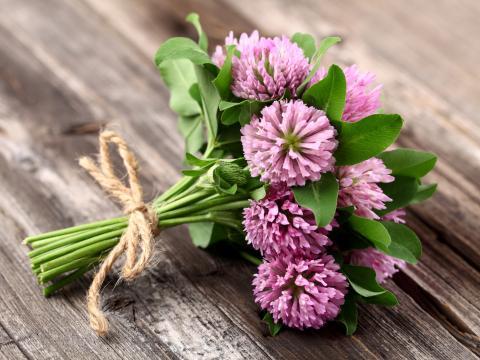
The beginning of autumn is an incredible abundant time of harvest, and many plants are just coming into the height of their fruiting. This includes many plants that would normally be considered “weeds.” Many of these plants, however, are performing important ecosystem services in addition to being beneficial to humans. Get out your wild edibles guidebook and go hunting for these three plants you can find in early fall.
Blackberry (Rubus)
- Ecosystem Services: Blackberries are a very commonly found plant that is even considered invasive in some regions. This is because it is adapted to grow out of the nooks and crannies of an ecosystem. It is an important succession plant, which means that it is one of the first plants to grown after a forest has been burned or cut. It feeds many pollinators and can assist in the pollination of many other plants thanks to its plentiful flowering.
- Where to Find: Anywhere the forest has been cut or burned, you will find blackberry brambles growing plentifully. It also loves the edges of trails and roads and so is particularly easy to find when out on a walk. It grows easily in a variety of soils, and so whether it’s the sandy side of the road or the rich soil of the forest, you are bound to find the long arms of the brambles growing. Look for a long stalk with plentiful thorns and leaves that look like the footprint of a duck.
- Human Use: Blackberries can be eaten raw or frozen until you need them. It is most popularly used to make jams and jellies. I personally prefer to make a blackberry sauce by cooking about a cup of berries in a small saucepan with a quarter cup of maple syrup or honey, a dash of salt, and 1/8 teaspoon of cinnamon. I pour this sauce over pancakes, waffles, and ice cream. You can strain the seeds out if you prefer, but I enjoy the crunchy chew that the seeds give to the sauce. The seeds are additionally an important source of Omega fats!
Red Clover (Trifolium pretense)
- Ecosystem Services: Red clover, like all clovers, is capable of taking nitrogen out of the air and putting it into the soil where other plants can use it. Even though our atmosphere is composed mostly of nitrogen, one the most important nutrients for plants, most plants cannot use it in its gas form. Legume plants like clover are the only plants capable of fixing the gaseous nitrogen into the soil thanks to a symbiotic relationship these plants have with a specific bacterium that lives on its roots. If you see clover growing in your garden, thank it for being there and leave it in! It’s helping your other plants grow healthy strong. It also is a main nectary plant for a number of insects.
- Where to Find: Clover is also a highly adaptable plant and can be found anywhere from alpine meadows to sandy roadsides. It also can compete with grasses and so might be found hiding out on the edge of your lawn. Red clover is about a foot tall with three round leaves arranged in an arch. The flower itself is really a purplish-pink color and has the appearance of a gnome’s head of hair. Each of the little petals shoots straight upward, making the flower look surprised.
- Human Use: As a child, I would pick the clover flower head, pull one of the single petals out and suck the end of it, tasting the sweet nectar that was contained at its base. This is a great way to enjoy clover, but it can also be chopped and eaten raw in salads. If you prefer to not eat your flowers, clover can be picked, dried, and added to an herbal tea. The infusion of the flowers will add some fine sweetness and minerals to the tea drinking experience.
Pineappleweed (Matricaria discoidea)
- Ecosystem Services: Pineappleweed is another plant that has the ability to grow in the gaps left by other plants. In this way, it does a lot of work to fight erosion by holding the soil in place with its roots. Its pollen helps feed many insects, and it works to repopulate damaged areas with vegetation, building the soil for other plants to call home.
- Where to Find: Pineappleweed loves the cracks between the sidewalks. It loves the cracks in your driveway and the sand next to the road. Its name indicates its look as well as its scent. It looks a little like chamomile without the white petals. In fact, pineapple weed has no obvious petals at all. It is instead made up of a dome of yellow-green anthers collected in a dense head. It grows low to the ground, spreading its leaves around itself. It will be anywhere between three to ten inches tall and the yellow heads will be pointing upwards.
- Human Use: Pineappleweed is used the same ways as chamomile. The dried flowers can be used in an infusion to help calm nerves, ease the stomach, and improve the mood. It is an excellent bedtime tea and is generally soothing. The flowers can also be dried, crushed, and used as a flour. If you are really daring, the flowers can also be eaten raw in salads or just popped in your mouth straight from the plant!
As you collect your fantastic wild edible plants, please remember the tenants of the Honorable Harvest: do not take the first plant you see, take only what you need, ask permission, and say thank you. Foraging for plants with the turning of the seasons is a great way to connect with natural rhythms and eat local food. There are many other plants in season in your area, so get out there and find them!








